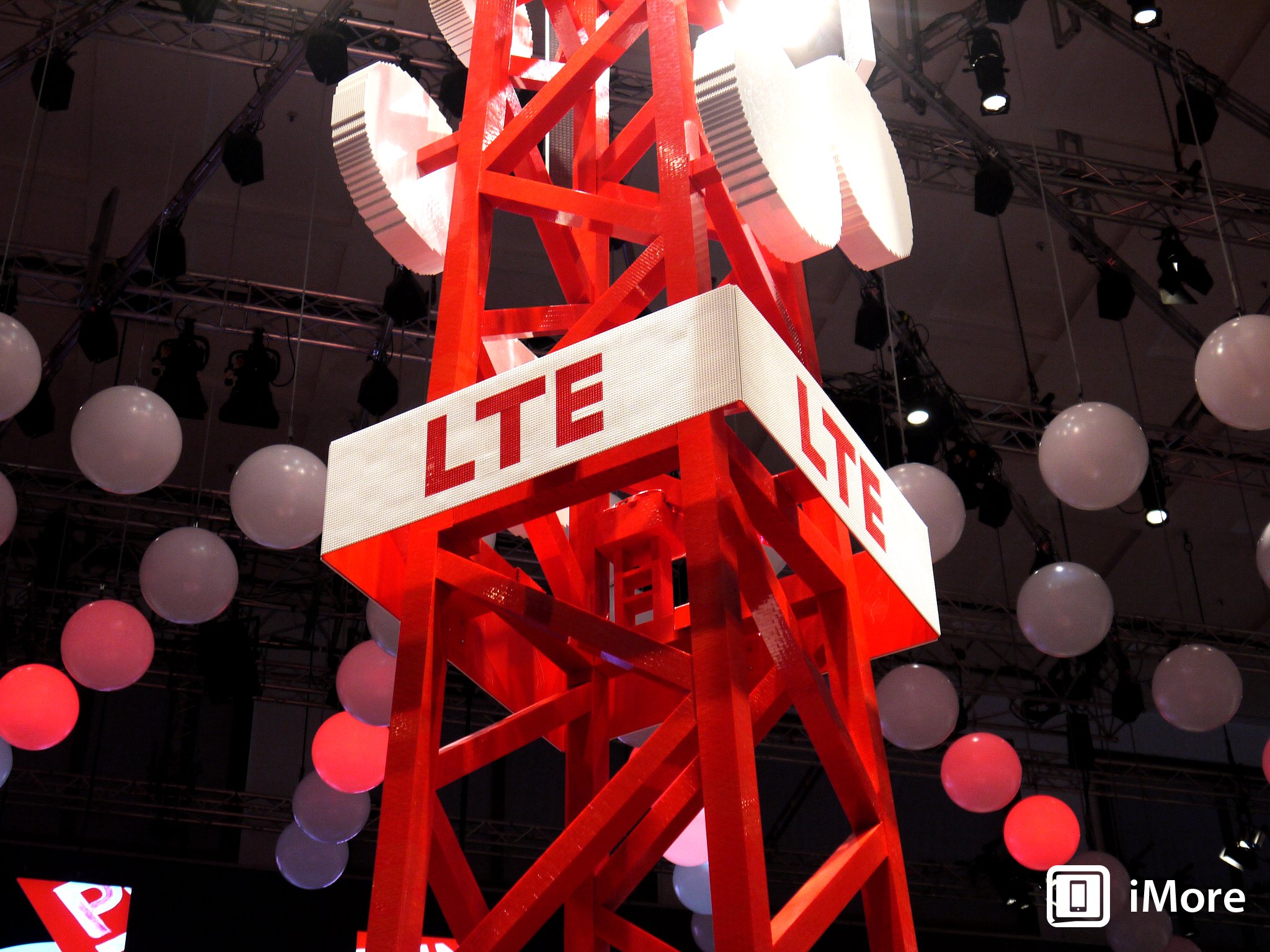This Oct. 29, 2013, photo taken in Evanston, Ill., shows an actual child's coffin filled with candy at the McCormick Library of Special Collections. The coffin is one of the artifacts from the “Death Collection” - an archive of death-related oddities once owned by horror novelist and screenwriter Michael McEachern McDowell that were purchased by Northwestern University. (AP Photo/M. Spencer Green)
This Oct. 29, 2013, photo taken in Evanston, Ill., shows an actual child's coffin filled with candy at the McCormick Library of Special Collections. The coffin is one of the artifacts from the “Death Collection” - an archive of death-related oddities once owned by horror novelist and screenwriter Michael McEachern McDowell that were purchased by Northwestern University. (AP Photo/M. Spencer Green)
This Oct. 29, 2013, photo taken in Evanston, Ill., shows Scott Krafft, curator of the Charles Deering McCormick Library of Special Collections, holding a daguerreotype of a dead child from the mid-1800s. The daguerreotype is just one of the artifacts from the “Death Collection” - an archive of death-related oddities once owned by horror novelist and screenwriter Michael McEachern McDowell that were purchased by Northwestern University. (AP Photo/M. Spencer Green)
In this Oct. 29, 2013, photo taken in Evanston, Ill., Scott Krafft, left, curator of the Charles Deering McCormick Library of Special Collections, and manuscript librarian Benn Joseph display a painting of a dead Spanish boy from the 1,600s. The portrait is one of the artifacts from the “Death Collection”- an archive of death-related oddities once owned by horror novelist and screenwriter Michael McEachern McDowell that have been purchased by Northwestern University. (AP Photo/M. Spencer Green)
This Oct. 29, 2013 photo, shows a copy of a photograph taken at the hanging of the co-conspirators in the Abraham Lincoln assassination in Washington, DC. The image is part of the Charles Deering McCormick Library of Special Collections display of artifacts from the “Death Collection." The collections is an archive of death-related oddities once owned by horror novelist and screenwriter Michael McEachern McDowell that was purchased by Northwestern University in Evanston, Ill. (AP Photo/M. Spencer Green)
This Oct. 29, 2013, photo taken in Evanston, Ill., shows sheet music written for funerals of the Charles Deering McCormick Library of Special Collections. The scores are but a few of the artifacts from the “Death Collection” - an archive of death-related oddities once owned by horror novelist and screenwriter Michael McEachern McDowell that were purchased by Northwestern University. (AP Photo/M. Spencer Green)
EVANSTON, Ill. (AP) — Acclaimed horror writer Michael McDowell couldn't get enough of death.
He collected photographs of people after their demise, whether from natural causes or after crossing paths with someone with a noose, knife or a gun. He gathered ads for burial gowns and pins containing locks of dead people's hair. He even used a coffin housing a skeleton as his coffee table.
Now Northwestern University, which months ago purchased the "Death Collection" McDowell amassed in three decades before his own death in 1999, is preparing to open the vault.
Researchers studying the history of death, its mourning rituals and businesses that profit from it soon will be able to browse artifacts amassed by an enthusiast author Stephen King once heralded as "a writer for the ages."
McDowell's long career included penning more than two dozen novels, screenplays for King's novel "Thinner" and director Tim Burton's movies "Beetlejuice" and "The Nightmare Before Christmas." He also wrote episodes for such macabre television shows as "Tales from the Darkside" and "Alfred Hitchcock Presents."
"We are very removed from death today, and a lot of this stuff we see in this collection gives us a snapshot in how people have dealt with death generations ago in ways very different from today," said Benn Joseph, a manuscript librarian at the school. "We look at it nowadays and think this is inappropriate or gory ... but when it was done, it was very much acceptable."
Joseph and others spent months getting the 76-box collection — one containing a child's coffin — ready to be studied. The archive, which officials said ultimately will go on public display, includes at least one artifact dating to the 16th century: a Spanish painting of a dead boy, his eyes closed, wearing a cloak with a ruffled collar.
The school bought the collection from McDowell's partner for an undisclosed price.
McDowell's younger brother, James, said he didn't realize but wasn't surprised by the extent of the collection.
"He always had kind of a gothic horror side to him," James McDowell said in a telephone interview.
There are photographs and postcards from around the world. One, taken in 1899 in Cuba, shows a pile of skulls and bones. In another, a soldier in the Philippines poses with a man's severed head.
There also are reminders of the infamous. Photographs show the people convicted of conspiracy for Abraham Lincoln's assassination being hanged, with dozens of soldiers looking on and the U.S. Capitol looming in the background.
Some pictures are gruesome, including one of a man whose legs are on one side of the train tracks and the rest of him in the middle. But much of the collection is devoted to the deaths of regular Americans and how they were memorialized in the 19th and early 20th centuries.
There are, for example, dozens of photographs that families had made into postcards of their dead children. Dressed in their finest clothes, many appear to be sleeping, absent any hint of the pain some undoubtedly experienced in their last days. Some have their eyes open, serious looks on their faces.
There's one of a small boy, standing up, with his hands resting on a small stack of books. Joseph said it could be a bit of photographic sleight of hand and that the boy may actually be lying down but made to look like he is standing.
"With the advent of photography, regular folks could have access to that sort of thing (and) families either took the kid's body to the studio or they arranged for a visit from the photographer," said Scott Krafft, the library curator who purchased the collection for Northwestern. "And they may have been the only photograph of the child that existed."
The collection also offers a glimpse into what families did after their loved ones died, at a time when they were preparing their homes to display the remains and getting ready to bring them to the cemetery.
After choosing a burial gown — worn in ads by living models — many families then looked for a headstone. Traveling headstone salesmen in the early 20th century often carried around design samples in a box about the size of one that holds chocolates.
Those paying their respects in the 19th and early 20th centuries frequently selected a tribute song for the dead to play inside the family homes, Joseph said. There were some 100 popular pieces of topical sheet music, with such titles as "She Died On Her Wedding Day."
Weirder still, at least by today's standards, is McDowell's collection of what were called "spirit" photographs that include both the living and a ghostly image purportedly of a dead person hovering nearby.
In one photograph, Georgiana Houghton, a prominent 19th century medium, shakes hands with an apparition of her dead sister. She explains the photograph "is the first manifestation of inner spiritual life."
"I'm sure Michael, when he came across this, was totally excited," Krafft said.
While the collection isn't yet on display, members of the public can see one piece when they enter the library reading room where it is housed. That children's coffin that once belonged to McDowell now holds Halloween candy.
"I don't think it was ever used," Krafft said.
Associated PressSource:
http://hosted2.ap.org/APDEFAULT/4e67281c3f754d0696fbfdee0f3f1469/Article_2013-10-31-Death%20Collectibles/id-d3d59451861045438a8995603232d999Category:
Cricinfo msnbc floyd mayweather NFL Network Allegiant Air
 IDC has posted third quarter market share estimates which show that Android tablet makers had an exceptional summer. Samsung jumped more than two points over its Q2 results, claiming 20.4 percent of shipments; ASUS also thrived during the period, moving up from just 4.5 points in the second quarter ...
IDC has posted third quarter market share estimates which show that Android tablet makers had an exceptional summer. Samsung jumped more than two points over its Q2 results, claiming 20.4 percent of shipments; ASUS also thrived during the period, moving up from just 4.5 points in the second quarter ... Tesla Motors' Supercharger Corridor, which runs from San Diego to Vancouver, is now open for business. It enables the Model S to quickly recharge for free at a variety of locations along the West Coast of North America. At least six of those locations are already installed, and Tesla says "more than ...
Tesla Motors' Supercharger Corridor, which runs from San Diego to Vancouver, is now open for business. It enables the Model S to quickly recharge for free at a variety of locations along the West Coast of North America. At least six of those locations are already installed, and Tesla says "more than ... Sony has built a reputation of releasing numerous updates to its PlayStation platform, and apparently that has carried over to PS4 news ahead of launch. If last week's updates weren't enough, the company posted a massive FAQ (yes, we read all 30 pages, including the list of launch titles) to the ...
Sony has built a reputation of releasing numerous updates to its PlayStation platform, and apparently that has carried over to PS4 news ahead of launch. If last week's updates weren't enough, the company posted a massive FAQ (yes, we read all 30 pages, including the list of launch titles) to the ...







